Hyundai Xcient Fuel Cell HD Truck On Its Way
The Hyundai Xcient is on its way to becoming the first mass-produced hydrogen-powered, heavy-duty truck. Design and performance improvements have made it more competitive with those expected from Mercedes-Benz, Toyota-Hino, and Nikola.
“Leveraging more than 20 years of experience in fuel cell technology, Hyundai Motor furthers its vision of an eco-friendly hydrogen society,” said Jaehoon (Jay) Chang, Commercial Vehicle Division CEO and president.
“Hyundai will contribute to widespread adoption of hydrogen-powered commercial vehicles with the 2021 Xcient Fuel Cell.”
Xcient Fuel Cell’s 180-kW hydrogen fuel cell system has two 90-kW fuel cell stacks. Improved durability and fuel efficiency have made it more competitive with others in its class.
A 350-kW e-motor with 2,237 Nm torque is said to provide dynamic driving performance.
Seven large fuel tanks hold 31 kg, while a 72-kWh set of batteries supplies power. The maximum driving range is around 400 km. Refueling a full tank of hydrogen takes anywhere from 8 to 20 minutes, depending on ambient temperature.
The Xcient Fuel Cell’s updated exterior design has a V-shape. The high-tech fuel cell electric truck has a new grille, with a blue color point surrounding it, and graphics that signal its hydrogen energy usage.
A 6×2 rigid body as well as the 4×2 option introduced previously are available.
HD fuel cell truck global advancement plans for Hyundai have been accelerated with this launch.
Hyundai shipped 46 Xcient Fuel Cell units to Switzerland last year. Their cumulative range is 750,000 kilometers as of May, 2021. Over that distance, the hydrogen-powered trucks reduced carbon emissions by an estimated 585 tons versus diesel-powered vehicles.
Switzerland will receive 140 additional Xcients by year’s end. 1,600 heavy-duty fuel cell electric trucks will be in Europe by 2025. Hyundai Hydrogen Mobility, a joint venture between Hyundai Motor and H2 Energy, will introduce Xcient in other European countries.
2021 Hyundai Xcient Fuel Cell production begins in August.
[Images: Hyundai]
With a father who owned a dealership, I literally grew up in the business. After college, I worked for GM, Nissan and Mazda, writing articles for automotive enthusiast magazines as a side gig. I discovered you could make a living selling ad space at Four Wheeler magazine, before I moved on to selling TV for the National Hot Rod Association. After that, I started Roadhouse, a marketing, advertising and PR firm dedicated to the automotive, outdoor/apparel, and entertainment industries. Through the years, I continued writing, shooting, and editing. It keep things interesting.
More by Jason R. Sakurai
Latest Car Reviews
Read moreLatest Product Reviews
Read moreRecent Comments
- VoGhost Interesting comments. Back in reality, AV is already here, and the experience to date has been that AV is far safer than most drivers. But I guess your "news" didn't tell you that, for some reason.
- Doc423 Come try to take it, Pal. Environmental Whacko.
- 28-Cars-Later Mazda despite attractive styling has resale issues - 'Yota is always the answer.
- 28-Cars-Later Try again.
- Doc423 It's a flat turn, not banked, which makes it more difficult to negotiate, especially if you're travelling a little too fast.



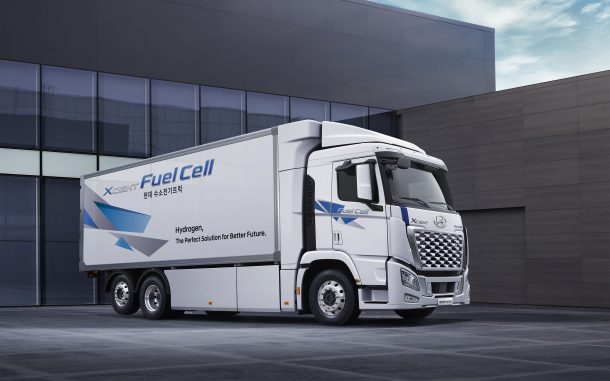



















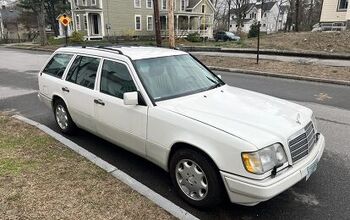
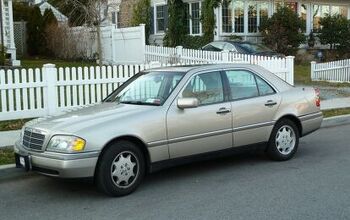

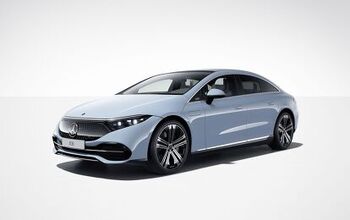
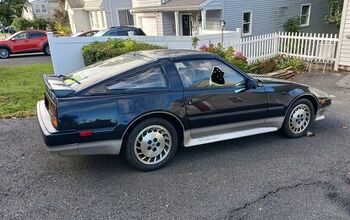

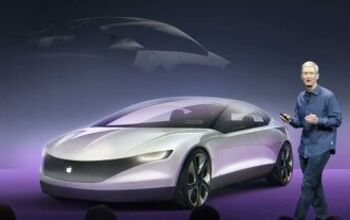


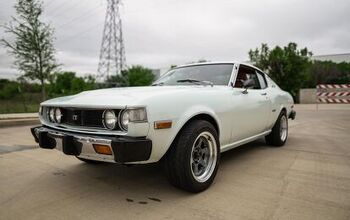
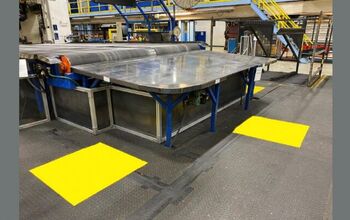


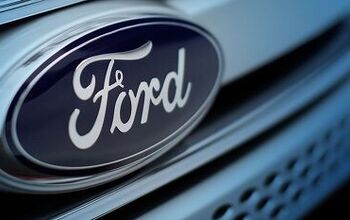
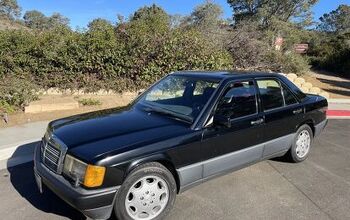
Comments
Join the conversation
"The Perfect Solution for Better Future" Hyundai needs an editor. Proofreading is, apparently, an underappreciated, undervalued and underutilized skill. Meanwhile, their designers have created a front end that will cleanly squash you into a waffle, then devour you like a preying mantis eating an aphid.
H2 still does not exist on earth and must be manufactured. Storage and transportation of it are cumbersome. There are better ways to store energy at room temperature and one atmosphere of pressure. Fuels cells themselves are very mature technology and very robust.